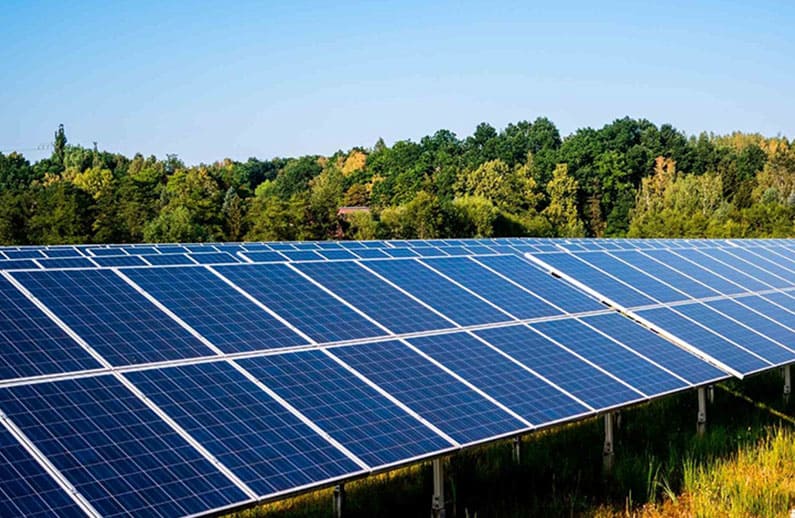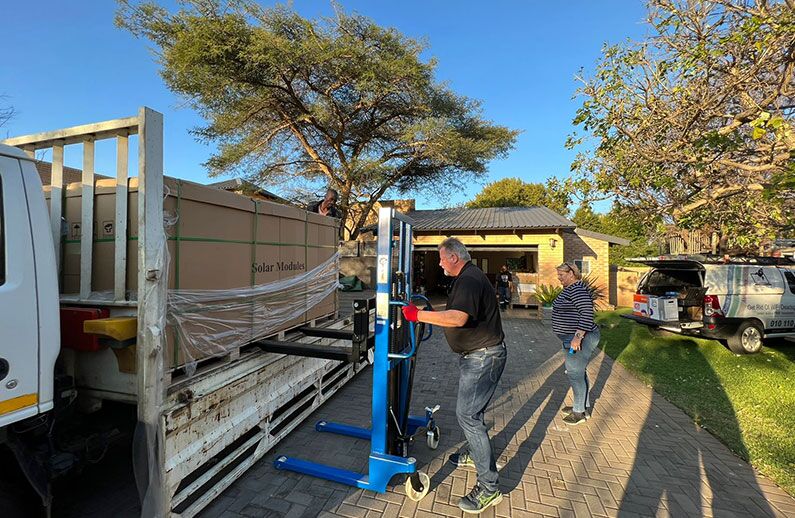How to Solar-Power Chicken Coops, Barns, and Remote Farm Equipment?
May 21, 2025
For farmers and rural property owners, reliable energy access is critical for maintaining livestock health, powering equipment, and ensuring operational efficiency. Solar energy offers a sustainable solution, particularly for remote agricultural setups where grid connections are impractical or costly. This guide explores practical strategies for solar-powered farms, focusing on modern panel technologies like N-Type Half Cut Solar Panels, 580W Bifacial Solar Panels, and Dual Glass Solar Panels that balance durability, efficiency, and long-term value.
1. Assessing Energy Needs for Agricultural OperationsBefore designing a solar system, calculate the energy demands of your chicken coop, barn, or farm equipment. Heating lamps, ventilation fans, automatic feeders, and water pumps typically require 1–5 kWh daily, depending on scale. For example, a mid-sized poultry farm with 200 chickens may need a 3–4 kW system. N-Type Half Cut Solar Panels are ideal here due to their higher efficiency (22%+) and reduced power loss in partial shading, ensuring consistent output even when panels are partially obstructed by farm structures or foliage.
2. Choosing the Right Solar Panel TechnologyAgricultural environments demand robust solar solutions. Dual Glass Solar Panels, framed with tempered glass on both sides, provide exceptional resistance to moisture, ammonia corrosion (common in poultry farms), and physical impacts from hail or debris. Their 30+ year lifespan makes them a cost-effective choice for barn rooftops. For ground-mounted arrays near livestock troughs or irrigation systems, 580W Bifacial Solar Panels can generate up to 20% extra energy by capturing reflected sunlight from the ground, maximizing output during peak farming seasons.
3. System Design for Harsh EnvironmentsFarm installations face unique challenges: dust, temperature extremes, and frequent equipment movement. A hybrid setup combining N-Type Half Cut Solar Panels (for rooftop installations) and bifacial modules (for ground arrays) optimizes space and energy yield. For remote equipment like electric fences or water pumps, pair panels with lithium-ion batteries rated for deep-cycle use. Ensure all components are IP65 or higher-rated to withstand dust ingress and humidity.
4. Installation and Maintenance Best PracticesWhile DIY solar setups are possible, professional installation is recommended for barns and coops to ensure structural safety and compliance with local codes. Mount panels at a 10–30° tilt for self-cleaning rainwater runoff. Dual Glass Solar Panels require minimal maintenance due to their non-porous surfaces, but quarterly inspections for debris or shading are advised. For 580W Bifacial Panels, maintain a clear, reflective ground surface (e.g., light-colored gravel) to enhance rear-side energy production.
5. Cost Savings and IncentivesA 5 kW solar system using N-Type Half Cut Solar Panels can reduce a farm’s annual energy costs by 60–80%, with a payback period of 6–8 years in sun-rich regions. Many governments offer agricultural solar grants, such as the USDA’s REAP program in the U.S., which covers up to 25% of installation costs. Additionally, bifacial panels’ higher energy yield can accelerate ROI, especially when powering high-demand equipment like milking machines or grain dryers.
6. Real-World Applications and ReliabilityA practical example of solar success is the Cameroon 26 kW Farm Solar Power System Project (installed May 17, 2022). The farm faced frequent power outages due to unreliable grid infrastructure, disrupting daily operations. By implementing a 26 kW system featuring 580W Bifacial Solar Panels and Dual Glass Solar Panels, the farm achieved energy independence. The bifacial panels capitalized on ground-reflected sunlight, while the dual glass design resisted harsh weather and corrosion. Post-installation, the customer reported a significant reduction in downtime and operational costs.
Transitioning to solar power for agricultural needs is no longer a niche concept but a practical, financially sound decision. By leveraging technologies like N-Type Half Cut Solar Panels for efficiency, 580W Bifacial Solar Panels for high-output ground installations, and Dual Glass Solar Panels for durability, farmers can achieve energy independence while safeguarding profitability. Start with an energy audit, consult certified installers, and explore region-specific incentives to build a system tailored to your farm’s unique demands.



 Network Supported
Network Supported